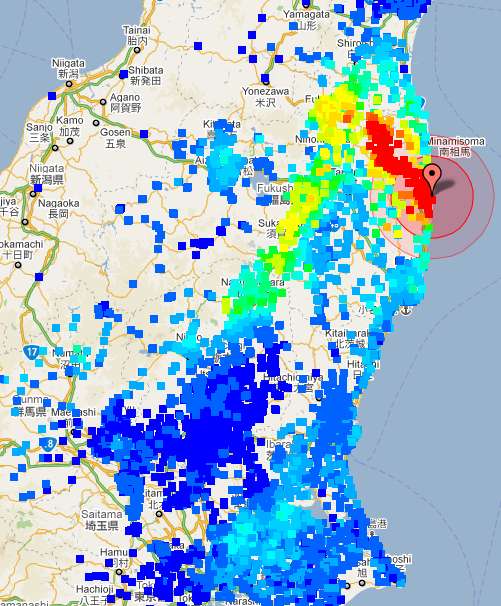FOR IMMEDIATE RELEASE
Lawmakers release nuclear safety investigation in wake of media report that 75% of nuclear reactor sites have leaky pipes
WASHINGTON, D.C. – Today, Congressmen Edward J. Markey (D-Mass.), senior member of the Energy and Commerce Committee and Ranking Member on the Natural Resources Committee, and Peter Welch (D-Vt.), Chief Deputy Democratic Whip and member of the Committee on Oversight and Government Reform, released a Government Accountability Office (GAO) report entitled “Nuclear Regulatory Commission: Oversight of Underground Piping Systems Commensurate with Risk, but Proactive Measures Could Help Address Future Leaks”. The report concludes that the Nuclear Regulatory Commission (NRC) and licensees “cannot be assured that underground safety-related pipes remain structurally sound without having information about degradation that has occurred. Without such assurance, the likelihood of future pipe failures cannot be as accurately assessed, and this increases the uncertainty surrounding the safety of the plants.” Buried pipes at nuclear power plants carry water necessary to cool nuclear reactors. Other buried pipes carry diesel to fuel the emergency generators that power cooling systems in case of a blackout.
A story published today by the Associated Press found that tritium, a radioactive form of hydrogen, has leaked from at least 48 of 65 nuclear sites, according to NRC records. Leaks from at least 37 of those facilities contained concentrations exceeding the federal drinking water standard, up to hundreds of times the limit.
“Just as a power outage was the root cause of the core meltdowns at Fukushima, a failure of buried pipes that carry cooling water to the reactor cores could lead to a similar emergency here in the U.S.,” said Rep. Markey. “There would be no warning because no one ever checks the integrity of these underground pipes. These pipes have more leaks than the Vancouver Canucks goaltending. The NRC must require inspections of these pipes before they deteriorate instead of its current policy of crossing fingers and hoping for the best.”
In a May 2009 letter to the NRC, Rep. Markey and then-Rep. John Hall questioned the NRC’s process for inspecting buried pipes and asked what assurance the NRC could give the public that underground pipes would withstand an earthquake, terrorist attack or other event. On February 16, 2009, a 1.5-inch hole that had already leaked more than 100,000 gallons of water was discovered in a buried cooling water pipe at the Indian Point nuclear power plant near New York City. According to media reports, the broken pipe had not been inspected since 1973, when the reactor was built. The broken pipe was part of the primary cooling system, which must cool the reactor during any unexpected shutdown.
The GAO report Representatives Markey and Welch released today includes the following findings:
- The occurrence of leaks at nuclear power plants from underground piping systems is expected to continue as nuclear power plants age and their piping systems corrode.
- The pressure and flow tests NRC currently requires do not provide information about the structural integrity of an underground pipe, such as whether the pipe has degraded to the point that the thickness of its wall could hinder the pipe’s future performance.
- Limitations in the industry’s ability to measure the wall thickness of an underground pipe without excavation prevent licensees from determining the structural integrity of underground piping systems. Without being able to identify that an underground piping system’s structural integrity has not been compromised by corrosion, the risk to public health and safety is increased. In this context, licensees at nuclear power plants cannot assure that a safety-related pipe will continue to function properly between inspection intervals, thereby protecting the public’s health and safety.
The GAO also recommended that the NRC should:
- Determine whether the agency should expand its groundwater monitoring requirements.
- Determine whether it should expand licensees’ inspection requirements to include structural integrity tests for safety-related underground piping.
A copy of the GAO report, “Nuclear Regulatory Commission: Oversight of Underground Piping Systems Commensurate with Risk, but Proactive Measures Could Help Address Future Leaks” can be found HERE and HERE.
Michal Ilana Freedhoff, Ph.D.
Policy Director
Office of Congressman Edward J. Markey (D-MA)
2108 Rayburn House Office Building
Washington, DC 20515
202-225-2836
























